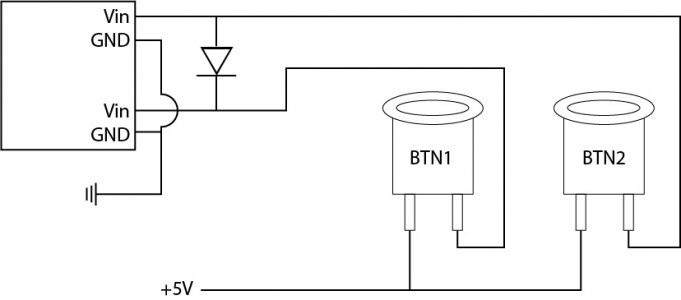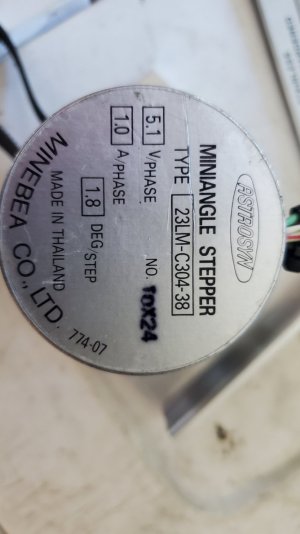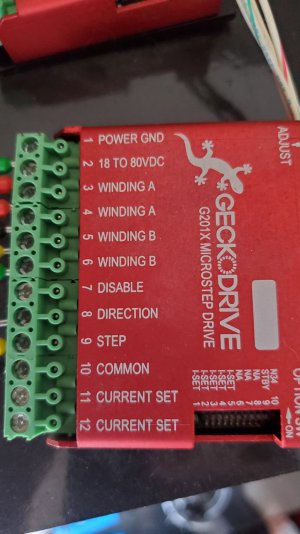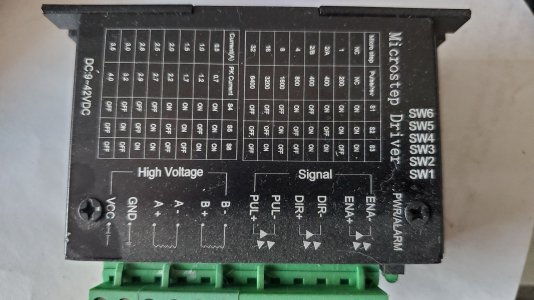- Joined
- Feb 24, 2019
- Messages
- 927
For whatever reason I can never wrap my head around diodes.
In the following schematic, I want to control both inputs with one button but only one input with the other.
What does this circuit do?
Is there a better, easier, way to accomplish this?
The diode is to keep the backflow out of the equation.

In the following schematic, I want to control both inputs with one button but only one input with the other.
What does this circuit do?
Is there a better, easier, way to accomplish this?
The diode is to keep the backflow out of the equation.





